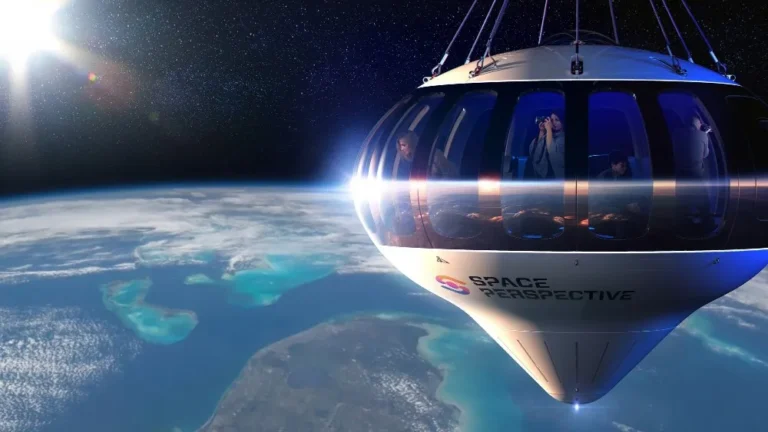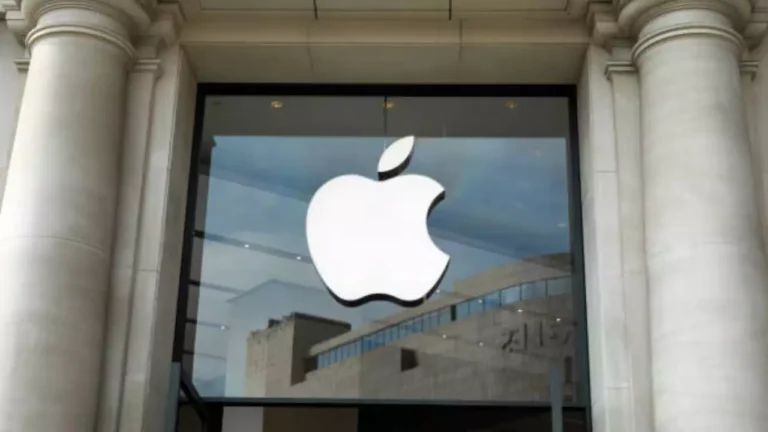
Fast-Charging Networks for EVs
The electric vehicle (EV) revolution is in full swing, and with it comes the crucial infrastructure of fast-charging networks. These networks are the pit stops of the future, where weary EVs can replenish their batteries in minutes, not hours. But as we hurtle towards 2024, the road ahead for these networks is anything but smooth. Buckle up, because it’s going to be a wild ride.
Tesla’s Shadow Looms Large: For years, Tesla‘s Supercharger network has reigned supreme, a beacon of reliability and speed in an otherwise fragmented landscape. But in 2024, that exclusivity ends. Tesla has opened its network to other carmakers, meaning an influx of non-Tesla EVs is about to hit the Superchargers. This could lead to congestion, longer wait times, and potential strain on the network’s infrastructure.
The Battle for Dominance Heats Up: With Tesla’s gates open, the competition for market share is about to intensify. Established players like Electrify America and ChargePoint will need to up their game, focusing on expanding their networks, improving reliability, and offering competitive pricing. New entrants, backed by automakers and tech giants, will also try to grab a slice of the pie, adding to the already crowded playing field.
Standardization or Fragmentation?: One of the biggest challenges facing the industry is the lack of standardization. Different charging protocols, payment systems, and software platforms create a confusing and frustrating experience for drivers. 2024 could see a push for greater standardization, but overcoming entrenched interests and competing technologies will be no easy feat.
Beyond the Charge: The future of EV charging goes beyond simply plugging in and juicing up. Look for innovations like wireless charging, vehicle-to-grid technology, and integration with smart cities. These advancements could transform the way we think about and interact with our vehicles.
Navigating the Economic Rollercoaster: The global economic climate remains uncertain, with inflation and potential recession looming. This could impact investment in charging infrastructure and consumer willingness to purchase EVs. Networks will need to be adaptable and resourceful to weather the storm.
Sustainability in the Fast Lane: As the EV market explodes, so too does the need for sustainable practices. Charging networks must find ways to source renewable energy, minimize waste, and operate efficiently. Building green infrastructure will be key to ensuring a truly sustainable transportation future.
In conclusion, 2024 promises to be a pivotal year for EV fast-charging networks. It will be a year of fierce competition, technological innovation, and economic uncertainty. But if these networks can overcome the challenges and seize the opportunities, they will play a vital role in powering the EV revolution and shaping the future of mobility.
So, fasten your seatbelts and get ready for an electrifying ride!
Additional Points to Consider:
- The role of government policies and incentives in shaping the EV charging landscape.
- The rise of home charging solutions and their impact on public networks.
- The potential for blockchain technology to revolutionize charging payments and data management.
- The growing importance of cybersecurity in protecting critical infrastructure.
As electric vehicles gain prominence, the journey for EV fast-charging networks in 2024 promises to be both thrilling and transformative. Overcoming infrastructure challenges, embracing technological advancements, fostering collaborations, and responding to global initiatives will be crucial for ensuring that the fast-charging landscape evolves to meet the demands of a growing electric vehicle market. With a concerted effort from industry stakeholders, 2024 holds the potential to be a landmark year for the electrification of transportation.






